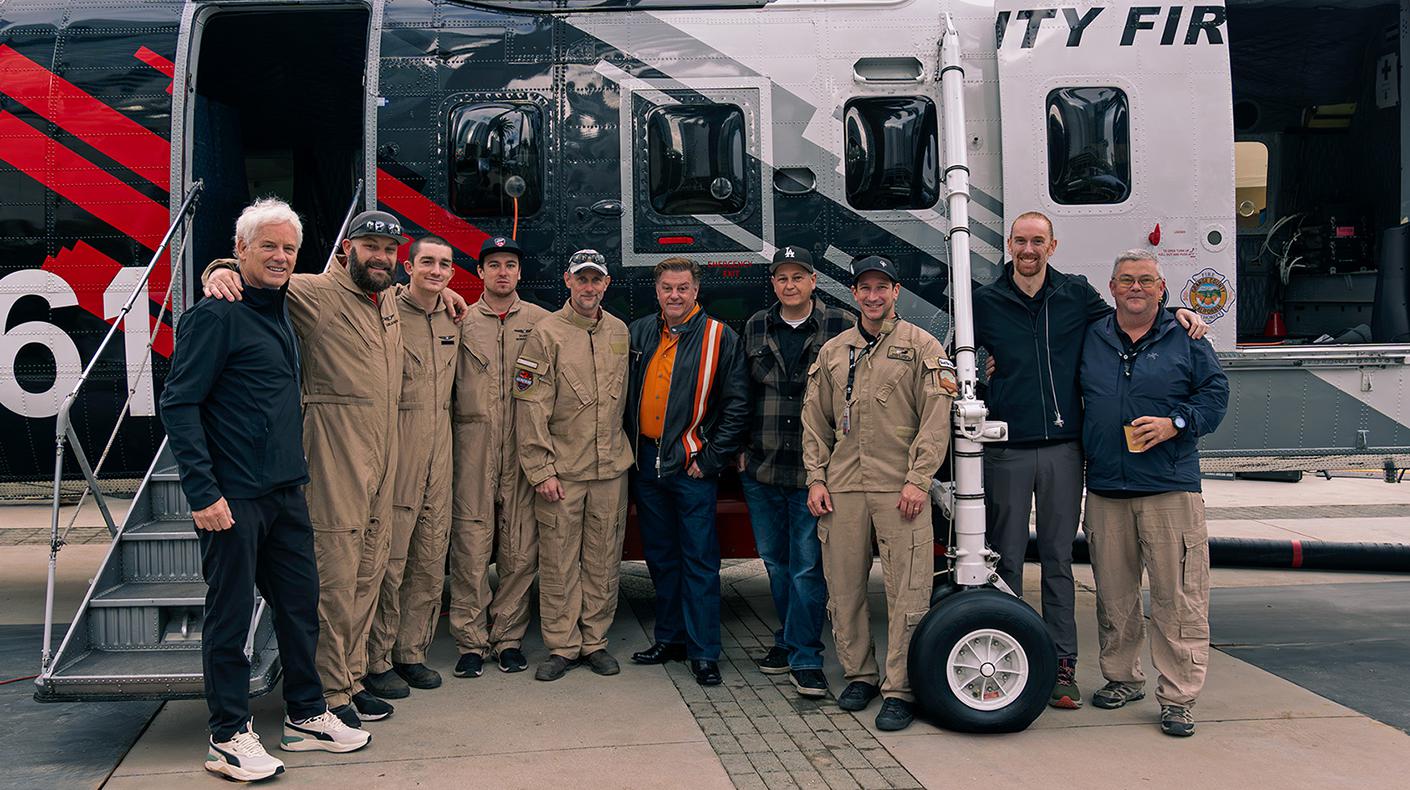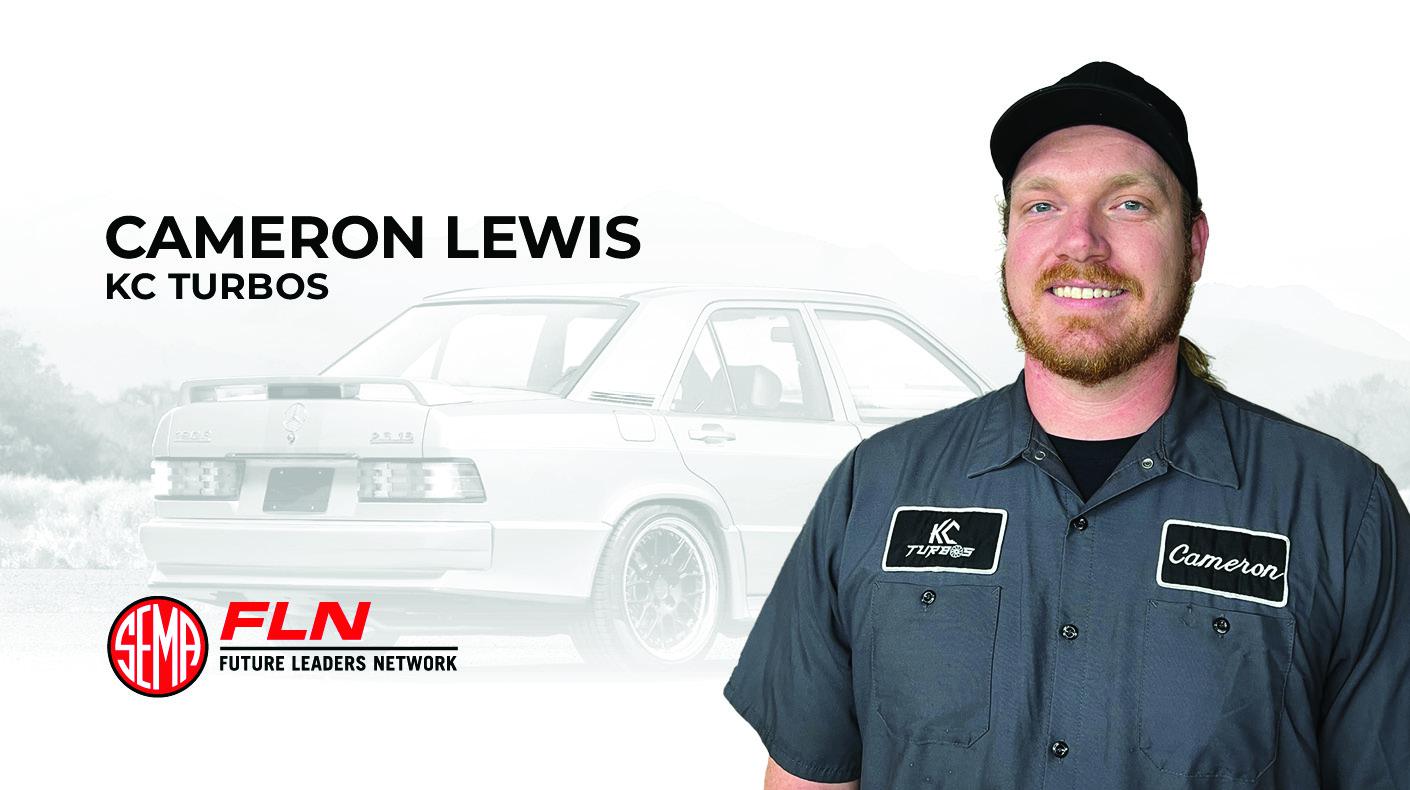As the average age of cars on U.S. highways increases, the restoration segment of the specialty-equipment industry is starting to include cars that don't necessarily fit the typical molds of "antique" or "classic." According to SEMA Research, sales at the manufacturer level in the restoration market have nearly doubled in the past 12 years, from $253 million to $475 million.
Despite the sales gain, actual market share within the industry has dropped slightly over 1% (from 4.63% in 1994 to 3.67% in 2006). Keep in mind that these figures represent only parts sales, not the labor involved in these often extensive restoration projects. SEMA research also estimates that there are approximately 300,000 restoration projects in various stages of completion across the United States at any given time, grouped primarily into four groups:
- antiques manufactured prior to 1920
- domestic vehicles manufactured from 1920 to World War II
- post-WWII domestic vehicles
- foreign vehicles
The number of amateur and professional restorations is likely to increase in the future as older cars continue to stay on the road longer than ever. According to R.L. Polk & Co., the number of vehicles 15 years old and older almost doubled from 1990–2002, growing from 20.6 million to 39.7 million. Additionally, the average age of cars on U.S. roads has increased to 9.2 years old, up from 8.3 years in 2000.
The restoration segment encompasses a wider variety of vehicles than any other niche of the specialty-equipment market. Consequently, there are a larger number of make/model parts required to meet the demands of this market.
To read more about the restoration market niche, written by SEMA’s Market Research department, read the August 2007 issue of SEMA News by clicking here.
SEMA members can receive complimentary copies of SEMA Market Research reports as another benefit to being a SEMA member by visiting www.sema.org/research.





